Aeolian worlds
The Wormherder's search for life in the Dry Valleys is focused on soils. We have been collecting samples from a wide variety of habitats (from Antarctic perspective). We know soils are places that shelter from drought, protect from rapid temperature changes, and provide nutrients. The reason most organisms in the Antarctic are either in the lakes or based on the soil.
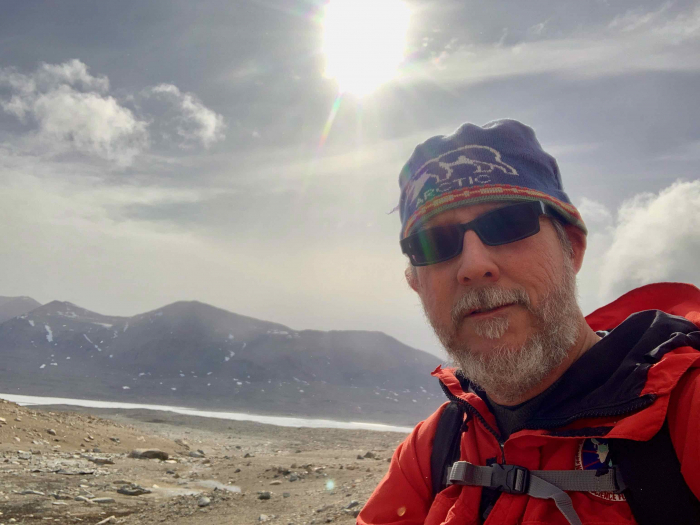
No kidding. Where else would they be - that's where life is all over the planet. Well, how about this - little oases of life in a small aquarium in the middle of a glacier? Thats the aeolian lifestyle. It was a rarely used word for me - one of those you have read before and know the context but never said out loud.
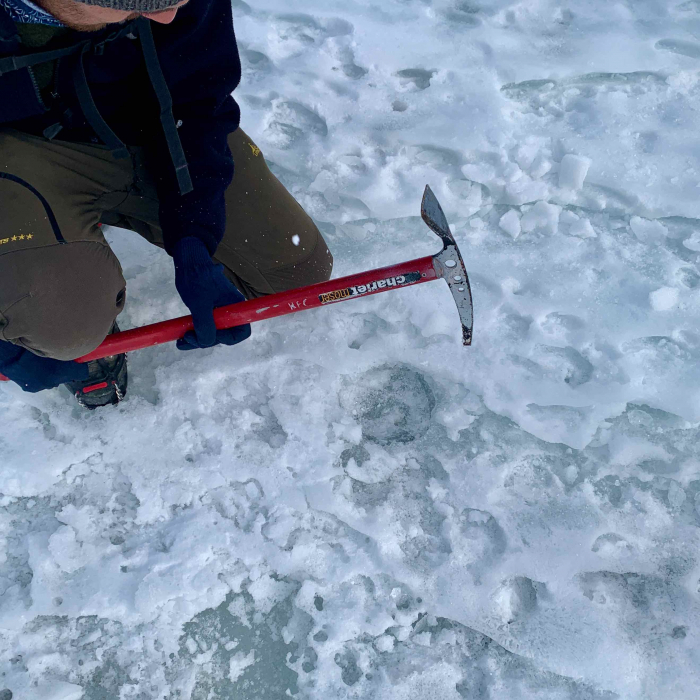
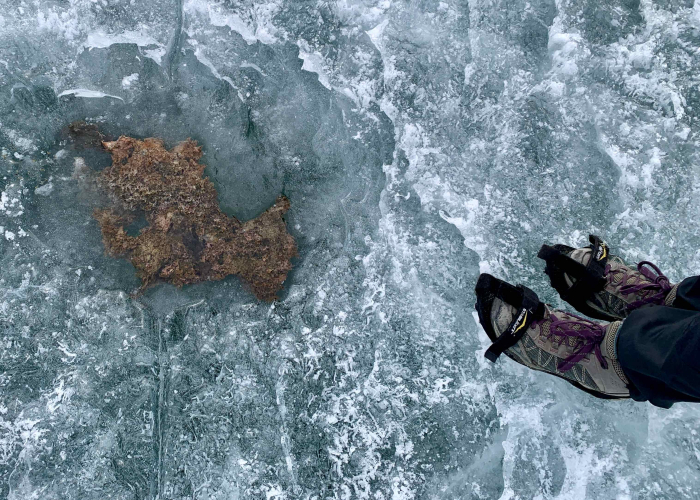
An aeolian sediment is one that is wind blown. I've written in previous entries about the affect of color on melting, the strong katabatic winds of the Dry Valleys, and the specific adaptations of Antarctica's endemic species. These features combine together to produce the cryoconite hole community.
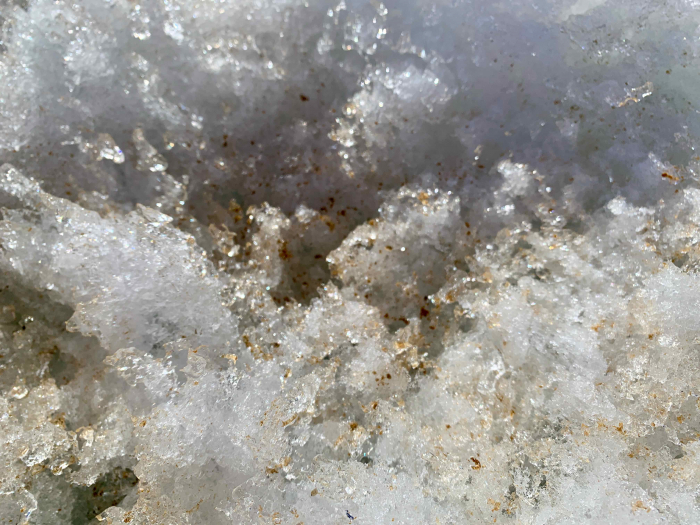
Cryoconite is wind blown - aeolian - sediment that collects in ridges and fissures of an ice sheet. Because of its dark color it has a tendency to melt the ice surrounding where it collects. This melting results in liquid water in the summer months sometimes. Within that cryoconite are nutrients, bacteria, and even small animals. Once the conditions allow, these organisms begin to grown and form a whole ecosystem in the little puddle of water high up on the glacier (or in the middle of a frozen like. Some of them are quite spectacular, with a layer of clear ice covering the tops, protecting the contents from UV rays and freezing temperatures - a little greenhouse on the ice.
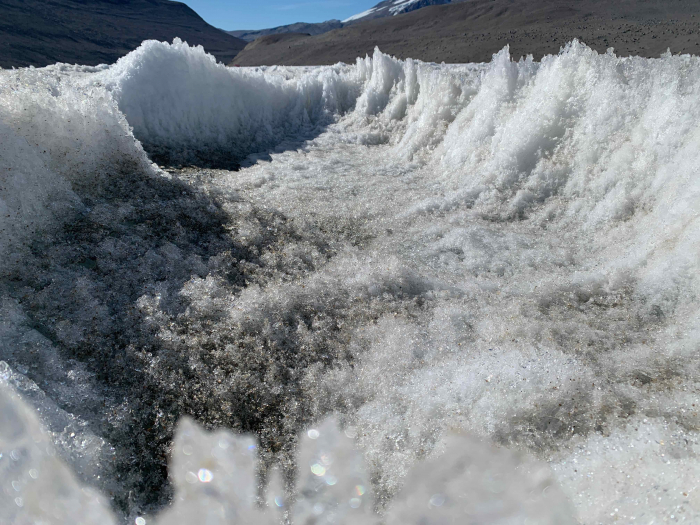
Out on the lake the result is large sections of crusty ridges of ice. I thought this one looked like a mini Antarctic valley. Earlier in the Antarctic summer the cryconite holes are more distinct. As the summer continues these may combine in larger melt pools as the excess liquid water runs off and collects. These pools can refreeze over the top. They are beautiful from above.
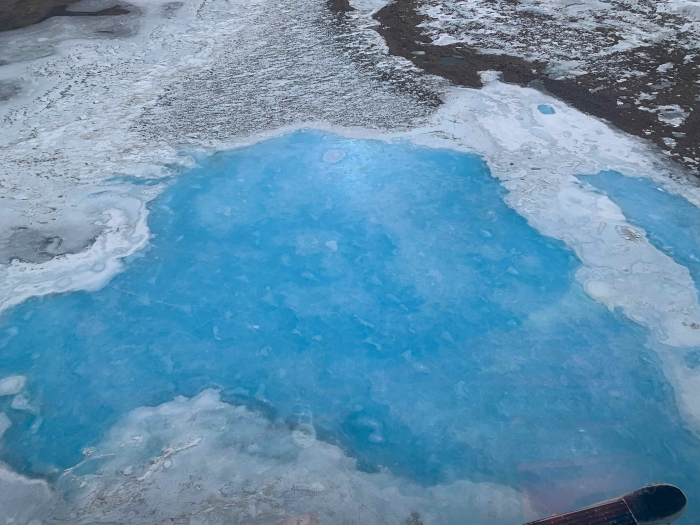
Always bring extra socks
We got a couple wet socks and boots trying to walk across the recently frozen tops of these cryconite holes in the ice of Lake Fryxell recently. I filmed this video earlier about the different melt rates of ice and the affect it can have on travel. Make sure to check it out.


Comments